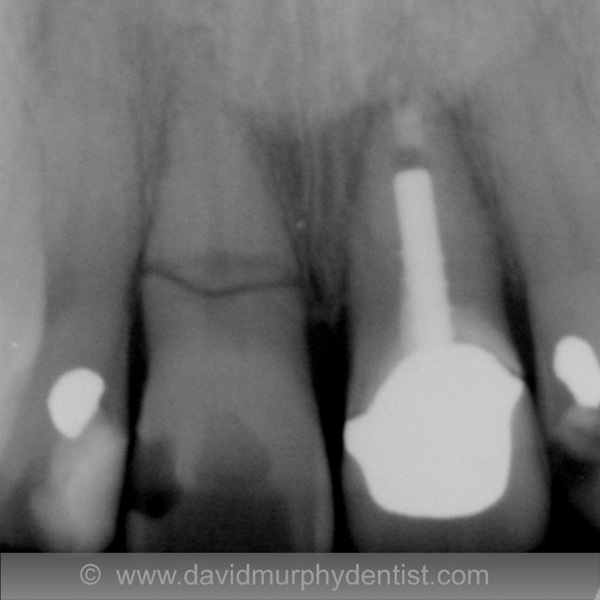 | 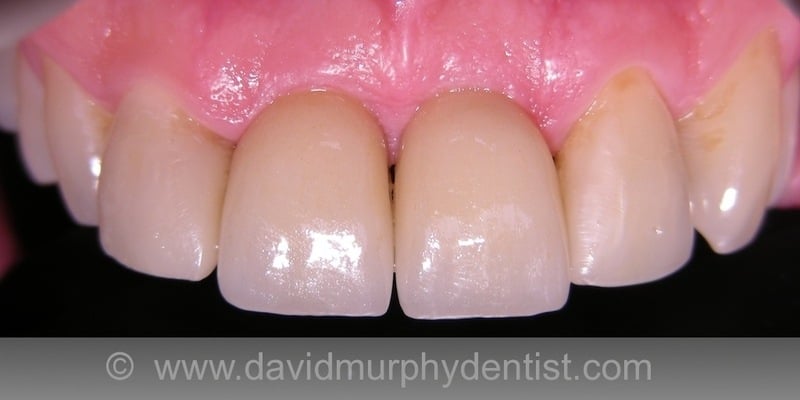 | 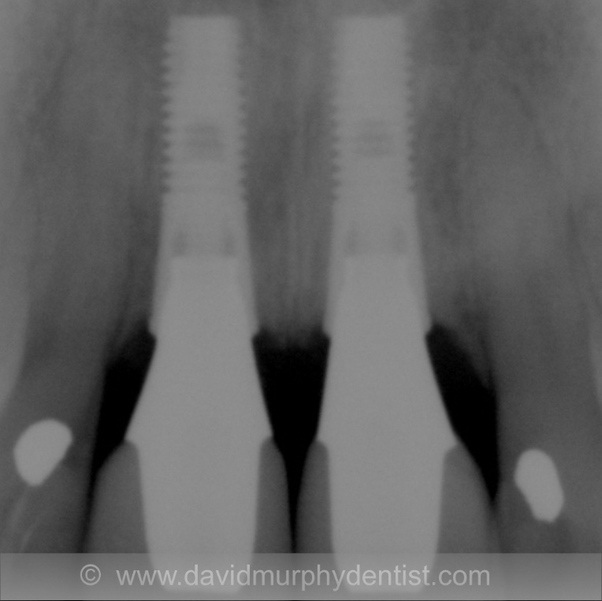 |
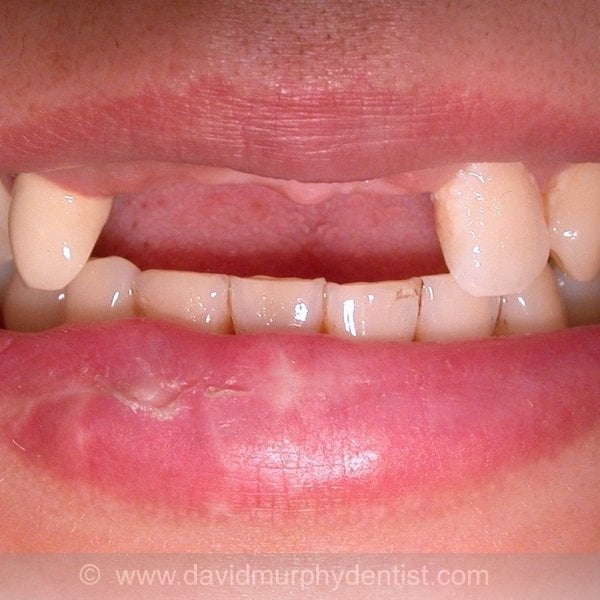 | Dental implants are used to help replace missing teeth | 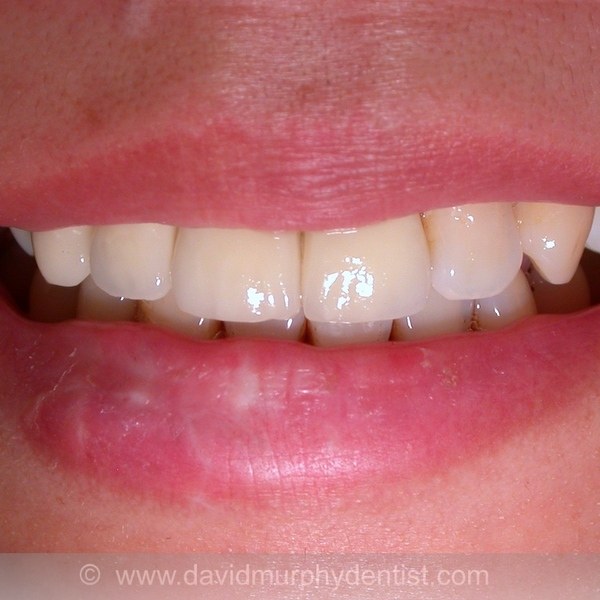 |
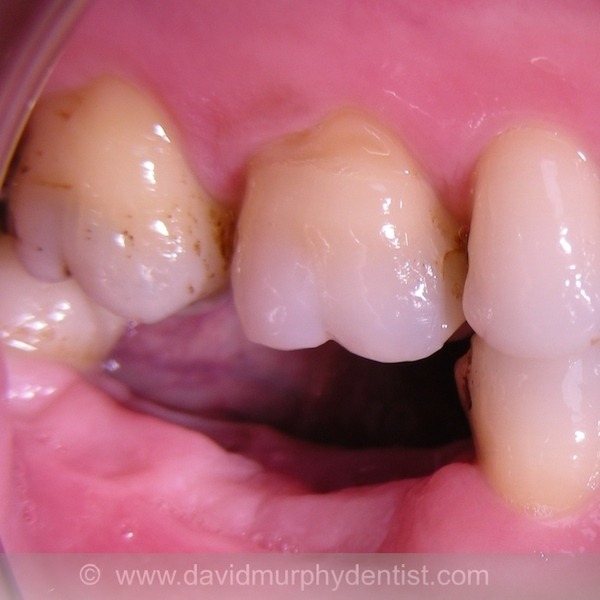 | Teeth are replaced - to restore appearance, function and speech - to provide stability to the remaining teeth and bite | 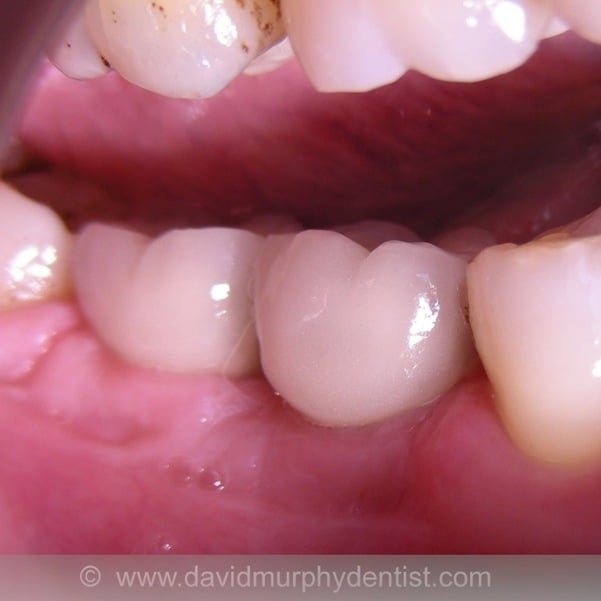 |
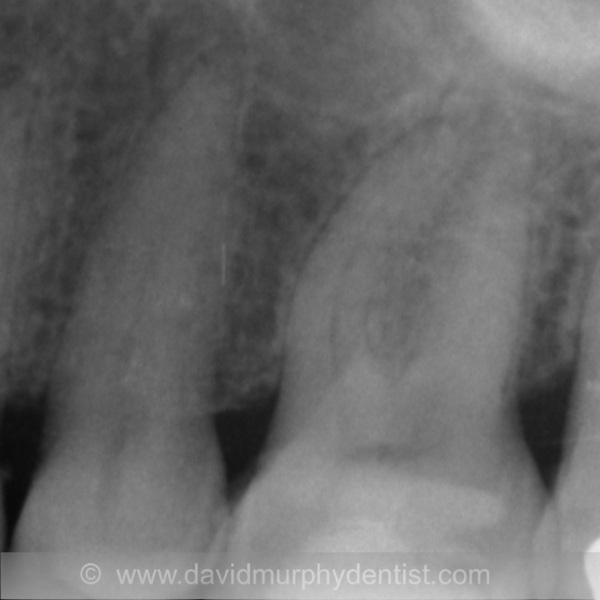 | A natural tooth is made up of the bit that pokes through the gum (the tooth crown) and the bit underneath the gum (the tooth root) A dental implant usually replaces a tooth root (just the bit under the gum) | 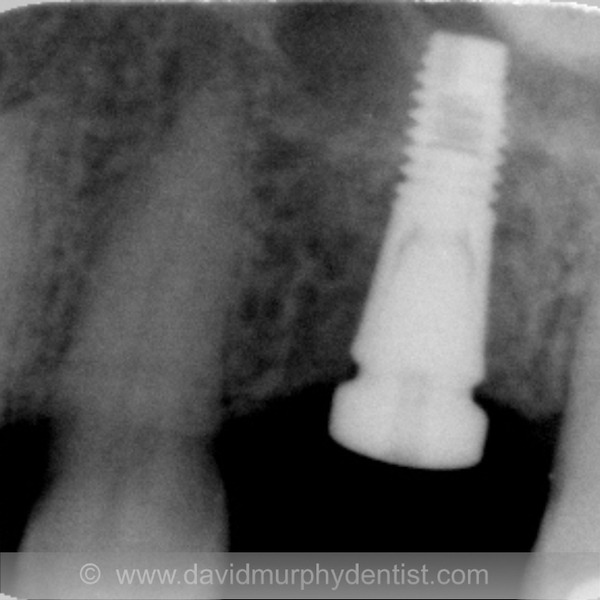 |
| Implant treatment is provided in stages... | | ...with periods of waiting in between each treatment |
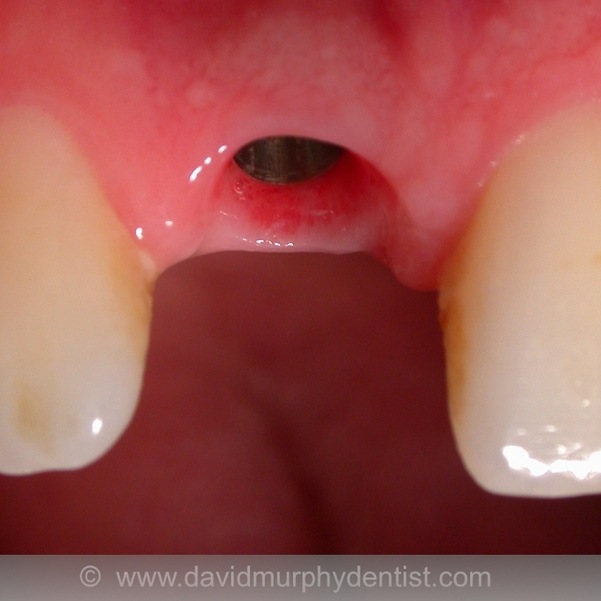 | The implant is placed into the bone, replacing the tooth root, so that the top is level (or just below) the gum | 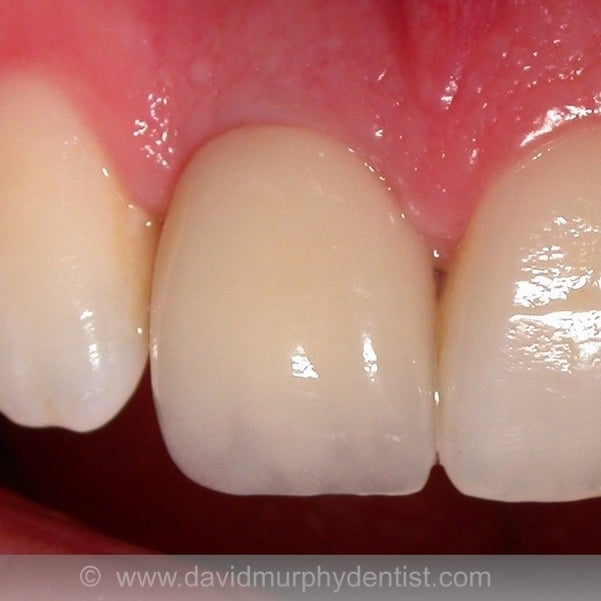 |
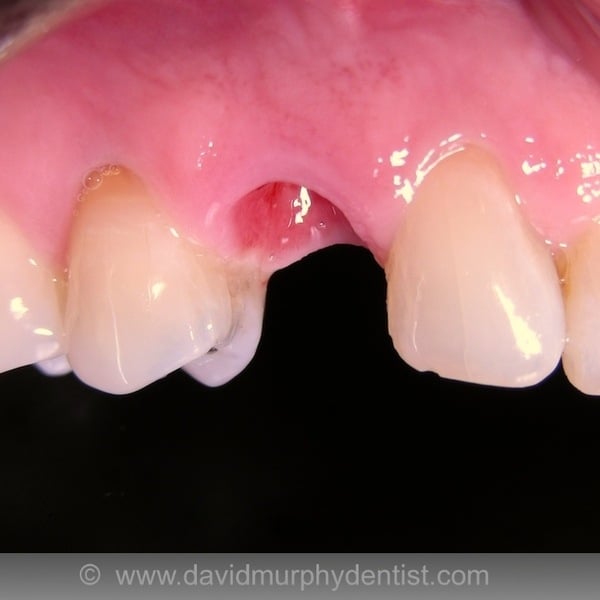 | A false tooth (crown) can then be fixed onto the false tooth root (implant) In some ways implants are similar to wall-fixings or 'Rawlplugs' | 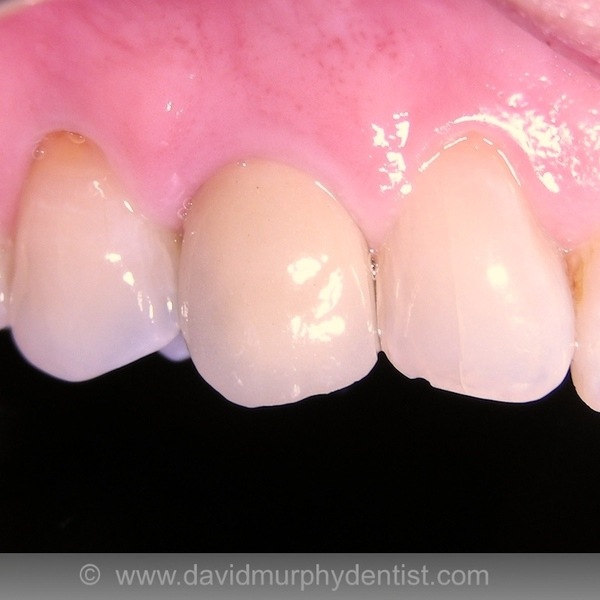 |
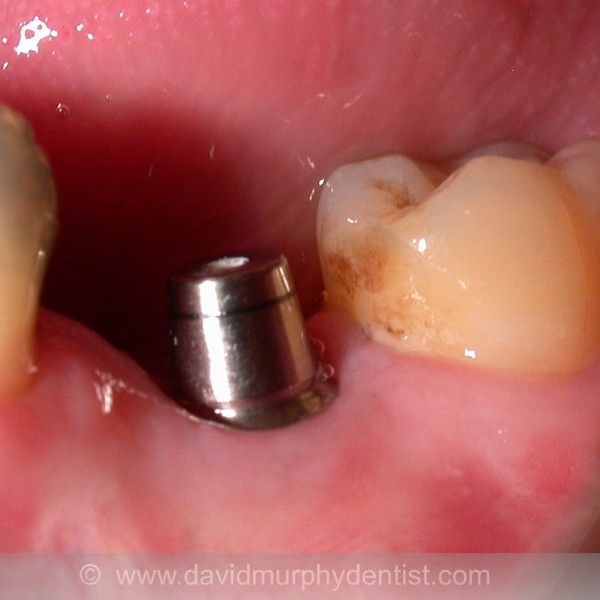 | A crown can be fitted on to a dental implant - a post is screwed into the implant and then a false tooth crown glued on to the post |  |
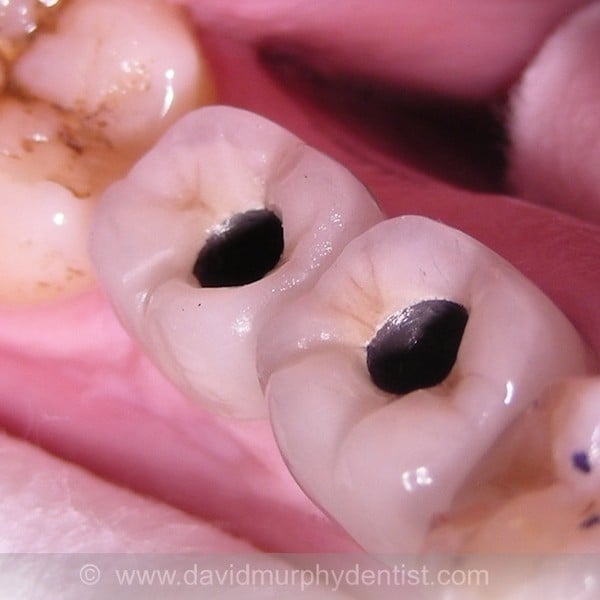 | Sometimes a false tooth crown is screwed directly into the implant - this avoids the need for glue and makes maintenance easier |  |
 | Replacing one tooth requires one implant Multiple missing teeth will require multiple implants - but not necessarily one for every missing tooth | 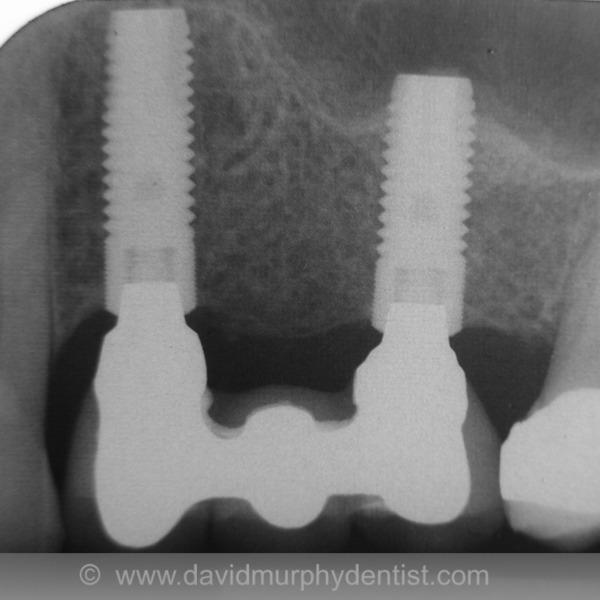 |
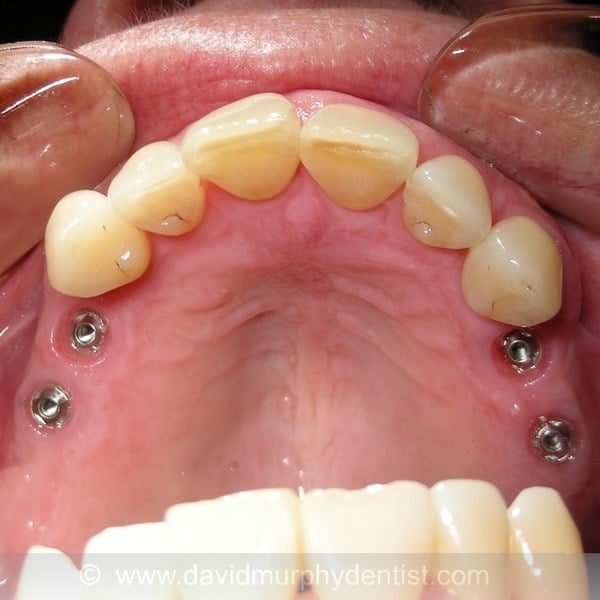 | David only uses implants from long-established and reputable manufacturers Proven implant designs and genuine parts are always used | 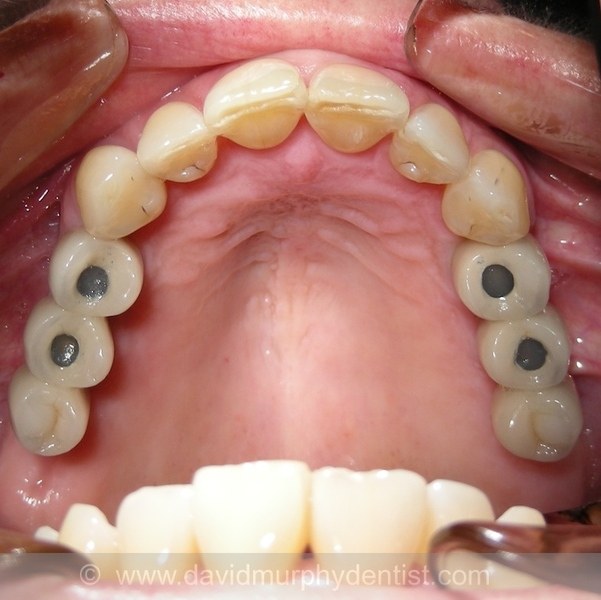 |
 | Careful planning by experienced clinicians is an essential part of dental implant treatment David has used dental implants for more than 20 years to replace 1000's of missing teeth |  |
 | |  |
David can help you decide if implants are right for you
Back to Treatments